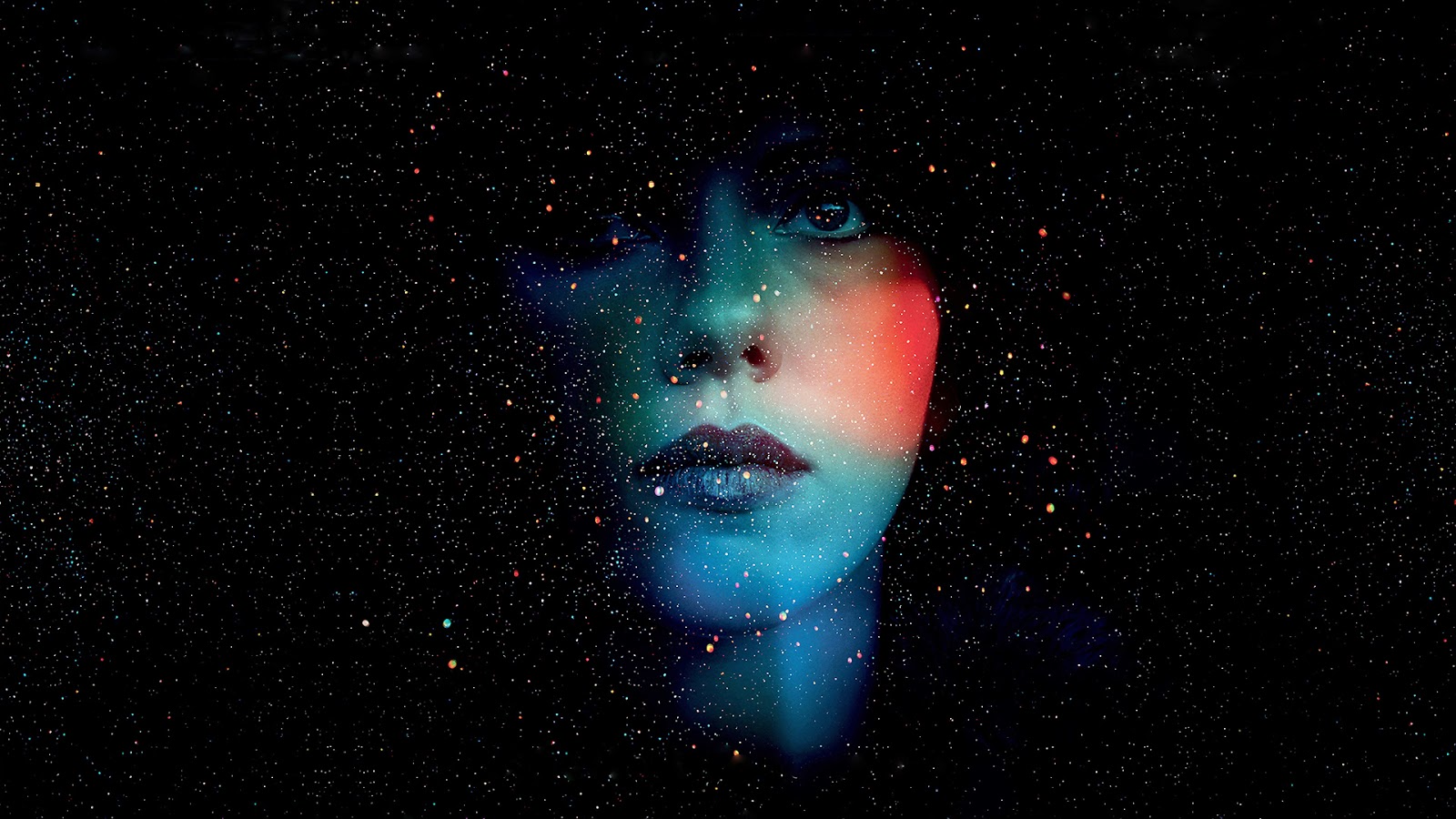
From early work with Paths of Glory to Lolita, to his coffee-black comedy Doctor Strangelove, the droog dystopia A Clockwork Orange, and later with The Shining and the unblinking stare into the Vietnam War with Full Metal Jacket, and in 1999, his final film, Eyes Wide Shut, Stanley Kubrick is one of the most well-known names in cinema of all time.
He is remembered for his Hobbesian outlook on the human condition, a sober and cold quality to telling his stories, and his masterful, singular technique. He was an early adopter of the Steadicam and personally invented the handheld eyepiece for choosing which lenses he wanted to use.
Apart from urban legends about being involved from everything from faking the moon landing to having been assassinated for revealing too many of the Illuminati’s secrets with Eyes Wide Shut, there are many, many stories about his directing style and how he treated his actors during shoots—having Shelly Duvall, while shooting The Shining, close a door dozens of times before she did it, according to Kubrick, “just right,” settling arguments with his actors with chess matches, and earning Eyes Wide Shut the Guinness Book of World Record title of longest shoot at four hundred days.
Today, Stanley Kubrick’s influence remains strongly felt in modern cinema. He is still inspiring many current filmmakers. Here are ten of the best Kubrickian films.
10. Birth (2004)
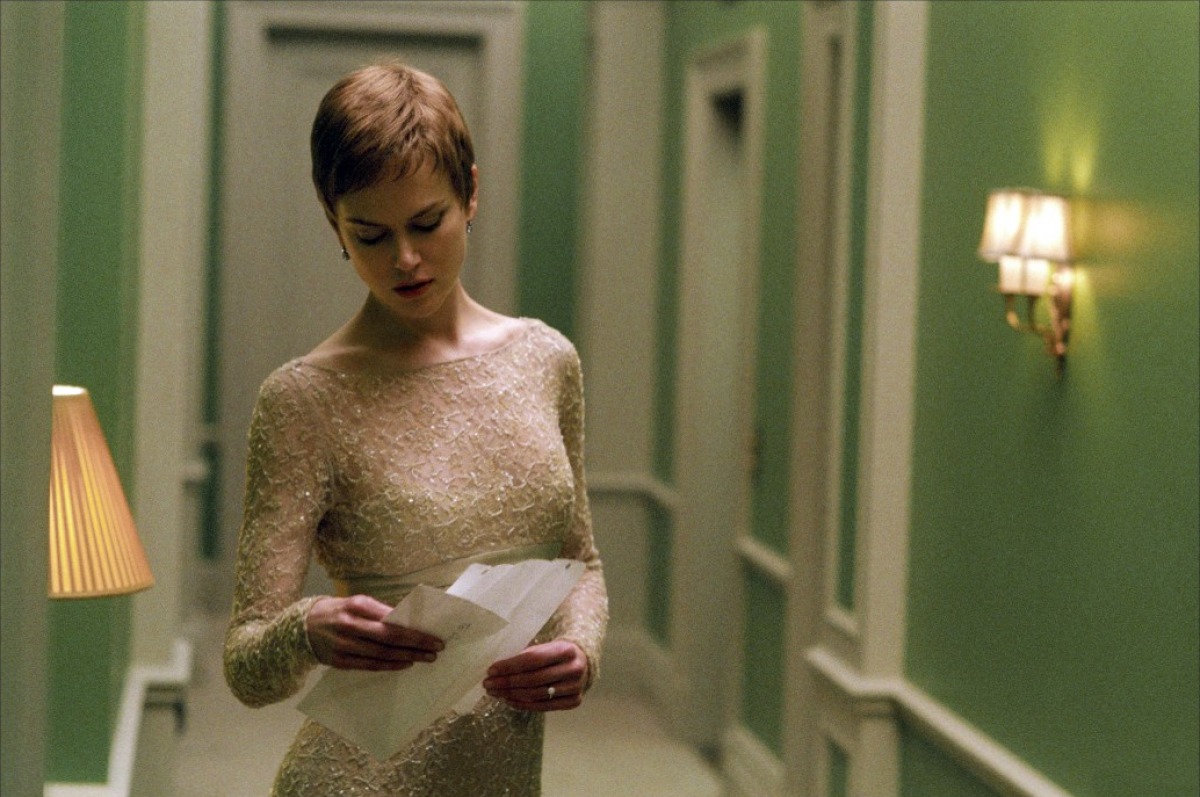
Featuring one of Nicole Kidman’s greatest, underrated performances, Birth is a delicately unsettling and quiet film that owes as much to Kubrick as it does, perhaps, to Polanski’s Rosemary’s Baby.
When Anna (Kidman), a young widow, is approached by a ten-year-old boy claiming to be her reincarnated late husband, what follows is an unsettling, mesmerizing journey for Anne. Her new fiancé (Danny Houston) rejects the idea outright, like any sensible person, but Anne wants to believe.
She misses her husband tremendously, and as the boy (who is also named Sean) begins to reveal certain things he “remembers,” Anne begins to let go of her initial doubts. Is Sean actually Sean? Or is he just a clever kid seeking attention?
Directed by Jonathan Glazer with incredible restraint, Birth showcases stellar performances—especially from an early performance from Cameron Bright as Sean—as well as some great, very Kubrickian use of Steadicam and a heavy dose of quiet coldness. Many scenes center around lush New York City apartments will recall Eyes Wide Shut, which also starred Nicole Kidman with then-husband Tom Cruise.
9. Melancholia (2011)
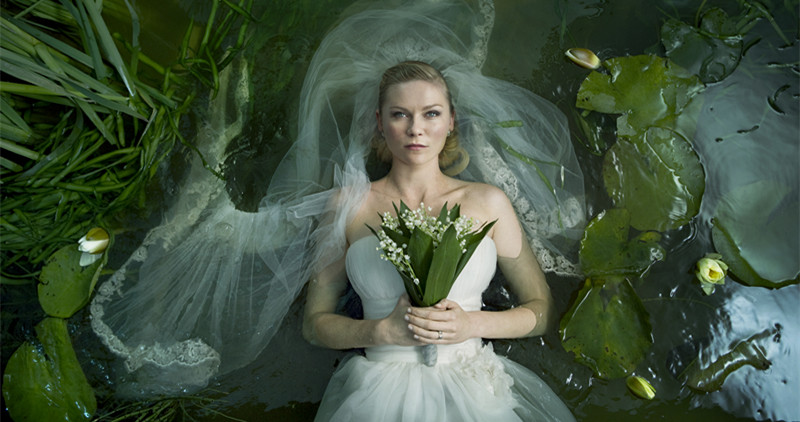
In a handful of days the titular planetoid is set to collide with Earth, destroying all life in the process. Starring Kirsten Dunst and Charlotte Gainsbourg as sisters Justine and Claire, Justine is due to get married but her mounting depression drives a wedge between her fiancé, causes her to lose her job, and results in only her sister Claire, alone, as the only one who refuses to give up on her.
They are complete opposites in their outlook—one refuses to look away from the approaching doom and the other believes desperately and naively that there must be some way to avoid it. With a breathtaking ending that analyzes people’s willingness for pacification as well as acceptance in the face of destruction, Melancholia—it should come as no surprise—isn’t exactly a feel-good time.
Lars von Trier has been quoted as saying he was dealing with depression at the time of writing Melancholia, which for anyone who has seen it likely picked up on that straightaway. He borrows a great deal from Kubrick here, with some deft camerawork and choices of classical music. Melancholia is a heavy, harrowing experience anyone who appreciates Kubrick’s cold stare into the eye of the abyss should not pass up.
8. The Grand Budapest Hotel (2014)
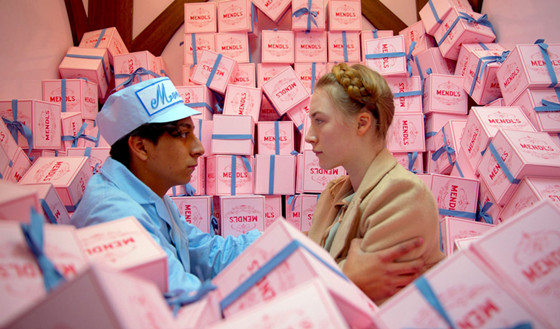
With long takes, single-point perspectives, and symmetrical framing, the way Wes Anderson and Stanley Kubrick compose their shots is incredibly analogous. Colorful and fun, The Grand Budapest Hotel seems to be the culmination of Wes Anderson’s skills and many years of practice aligning perfectly for one film, executed with absolute brilliance.
The story itself is a light-hearted yarn about a hotel concierge lothario and his good-hearted lobby boy trying to recover a painting, “Boy with Apple,” from a corrupt wealthy family—complete with the sort of high-jinks and one-liners that any fan of Anderson comes to expect from his inimitable humor.
The film itself is a feast for the eyes, with some techniques that, since the advent of CGI, are rarely seen on screen anymore—miniatures, rear-projection, and puppets.
Though the stories they tell couldn’t be more dissimilar; one could argue Wes Anderson is what Kubrick could’ve been if he’d had a happier childhood—spent more time building forts outside than poring over doorstop-sized books about Napoleon. Highly recommended.
7. Eraserhead (1977)
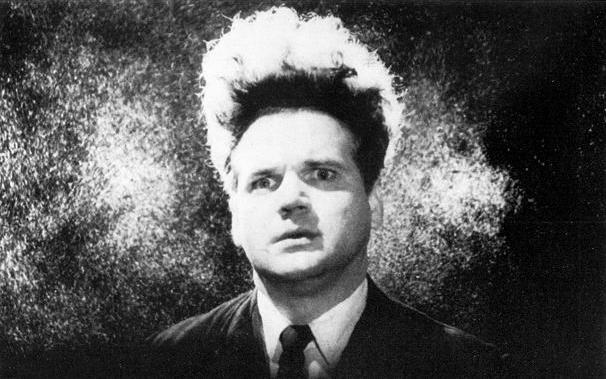
Cited as Kubrick’s favorite film, David Lynch’s career-making 1977 masterpiece in surrealism shares some DNA with The Shining, especially in the later half when things in the Overlook Hotel begin to go off the rails.
There is a tightly wound aspect to Henry that’s not too dissimilar from that of Jack Torrance; though Henry is being cut off from the world by his deformed baby, Jack’s mounting cabin fever (and the evil spirits of the hotel) is tearing him away from his family.
Both films are about isolation and family and how the two, combined, can sometimes lead to growing out of touch with reality. Just in Henry’s case, he doesn’t freeze to death in a hedge maze. But, there is always the reassurance that in heaven, everything is fine.
6. Enemy (2013)
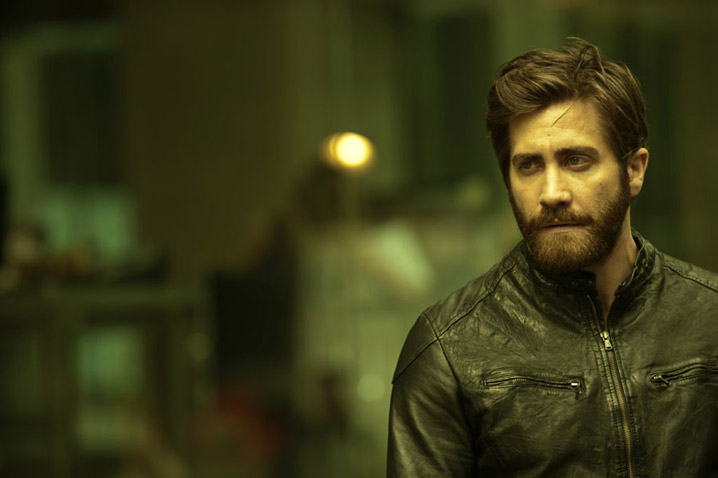
The 2013 mind-bender from director Denis Villeneuve has Jake Gyllenhaal as Adam, a feckless college professor, who notices his exact double in the background of a movie and swiftly becomes obsessed with tracking down his lookalike. When Adam manages to meet his fledgling actor, he discovers the two men couldn’t be more dissimilar despite their startlingly carbon-copy outward similarities.
The two become twisted up in one another’s lives, assuming one another’s parts like little kid twin brothers might, but instead of simply confusing their teacher, it leads to disastrous results. And a puzzling ending that divided critics and audiences alike—not too dissimilarly to how upon release, many of Kubrick’s films were treated.
It’s easy to think that something considered a masterpiece now was always considered such, but while Enemy will unlikely go down in the annals of film quite like anything of Kubrick’s, when it was first released most of his films were met with mixed receptions.
With an eerie opening scene featuring high-heeled women in a dark room stepping on spiders for a clandestine audience’s pleasure, it’s twisty plot, and a serious head-scratcher of an ending, Enemy requires multiple viewings to fully appreciate—or, if you’re lacking time, search for an in-depth breakdown on YouTube.
It’s a maze well worth your time, albeit one that needs to have every corner thoroughly scoured before any hard truth can hope to be found.